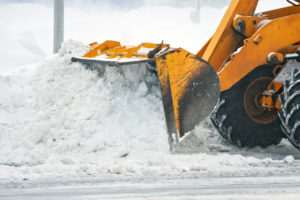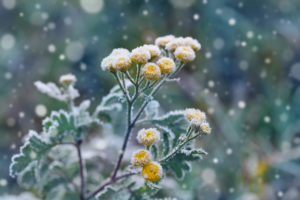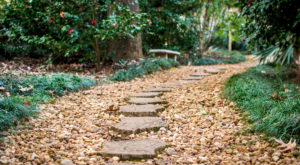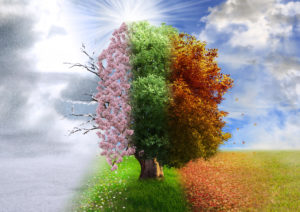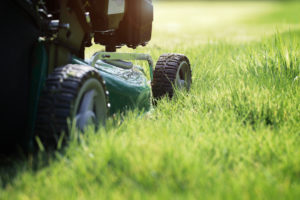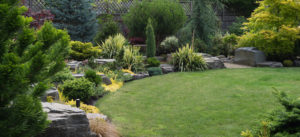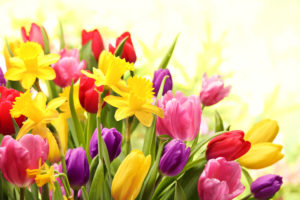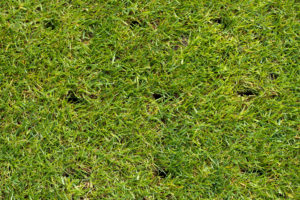Mulching is a great way to protect your plants and nourish your soil in anticipation of winter. During the winter, the ground is in a constant cycle of freezing and thawing, and mulching helps to prevent extreme temperature fluctuations in soil that stress your plants out.
How to Get the Most Out of Your Mulch This Fall
1. Mulch With the Best Materials Available to You
Straw is preferable to leaves, which compact, provide less absorption, and resist absorption. If you do decide to use leaves, it is recommended you shred them to help them decompose more quickly, or combine them with other materials (such as straw). Grass clippings and animal manure are also good choices.
Wood by-products, such as bark chunks (pine bark is an especially good choice), provide good insulation. Your local tree service may be willing to provide you with wood chips for cheap or even free.
2. Don’t Mulch Too Deeply
Remember that while you want to have maximum insulation, you also want any excess moisture to evaporate. If you mulch too deeply, it is more difficult for this vital evaporation to occur. The recommended mulch depth is 3 to 4 inches for medium- to coarse-textured materials.
3. Anchor Your Mulch
You want something that won’t blow away come the first winds of winter. Shredded leaves and straw, while good mulching materials, can blow away easily. If you live in a windy area, you may want to consider anchoring your mulch with chicken wire or other material available to you.
4. Don’t Let Mulch Pile Up Around the Trunks of Trees or Bases of Shrubs
This is often referred to as volcano mulching. Volcano mulching will keep your trees and shrubs from drying out properly and can also create the perfect conditions for rot and disease. The mulch area should extend to the drip line of the tree branches or cover a 4- to 5-foot diameter around the trunk.
5. Stay Away From Moldy Leaves
If your leaves have started to decompose, you may not want to use them. Leaf mold compacts tightly and creates a barrier between the air and the soil.
6. Organic Mulch Should Be Composted or Treated Before Use
This will kill insects, weed seeds, and disease mircroorganisms. Composted mulch also tends to have a more uniform texture.
7. Consider Mowing Fallen Leaves
This is an easy and effective way to mulch. Mowing shreds the leaves, allowing them to decompose over the winter. Your grass will thank you for this source of nitrogen in the spring.
8. Think About Your Mulch’s Presentation
While mulch’s functionality is important, you also want a mulch that is visually appealing in your landscaping. As mentioned earlier, composted mulch tends to have a uniform texture, which gives it better curb appeal.
9. Keep Your Mulch Thick
While many people try to save money by spreading a thinner layer of mulch, this doesn’t allow it to properly insulate roots and retain moisture loss. We recommended you maintain a 3-inch layer of mulch.
Remember: It Is Never Too Late to Mulch in Milwaukee
Even if it’s mid-winter, mulching will have a positive impact on your plants come spring. Mulching will ultimately make your spring better and more beautiful.
Follow some or all of these tips to properly mulch your yard in anticipation of the harsh winter ahead. And get over those winter blues by checking out some of our spring landscaping ideas.
